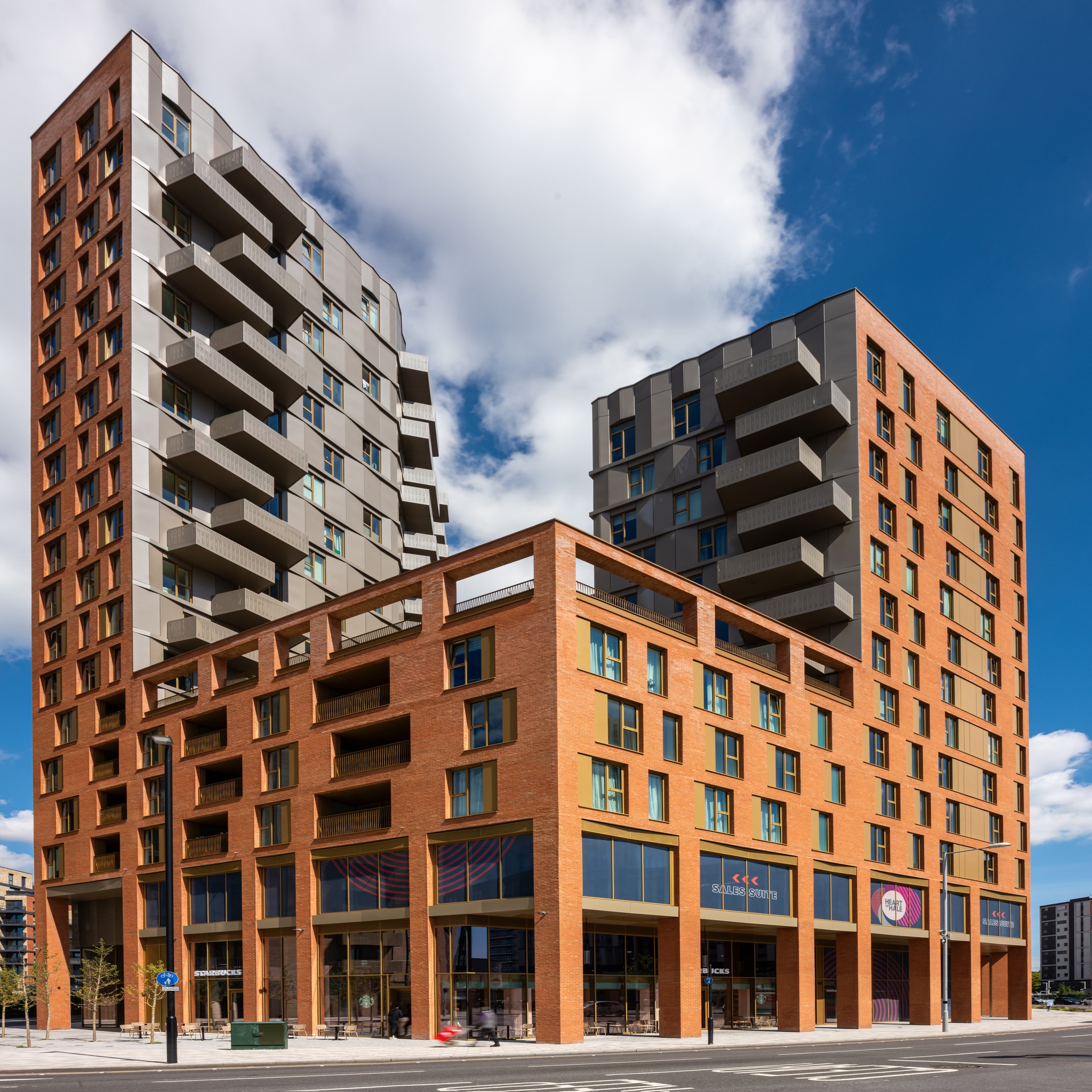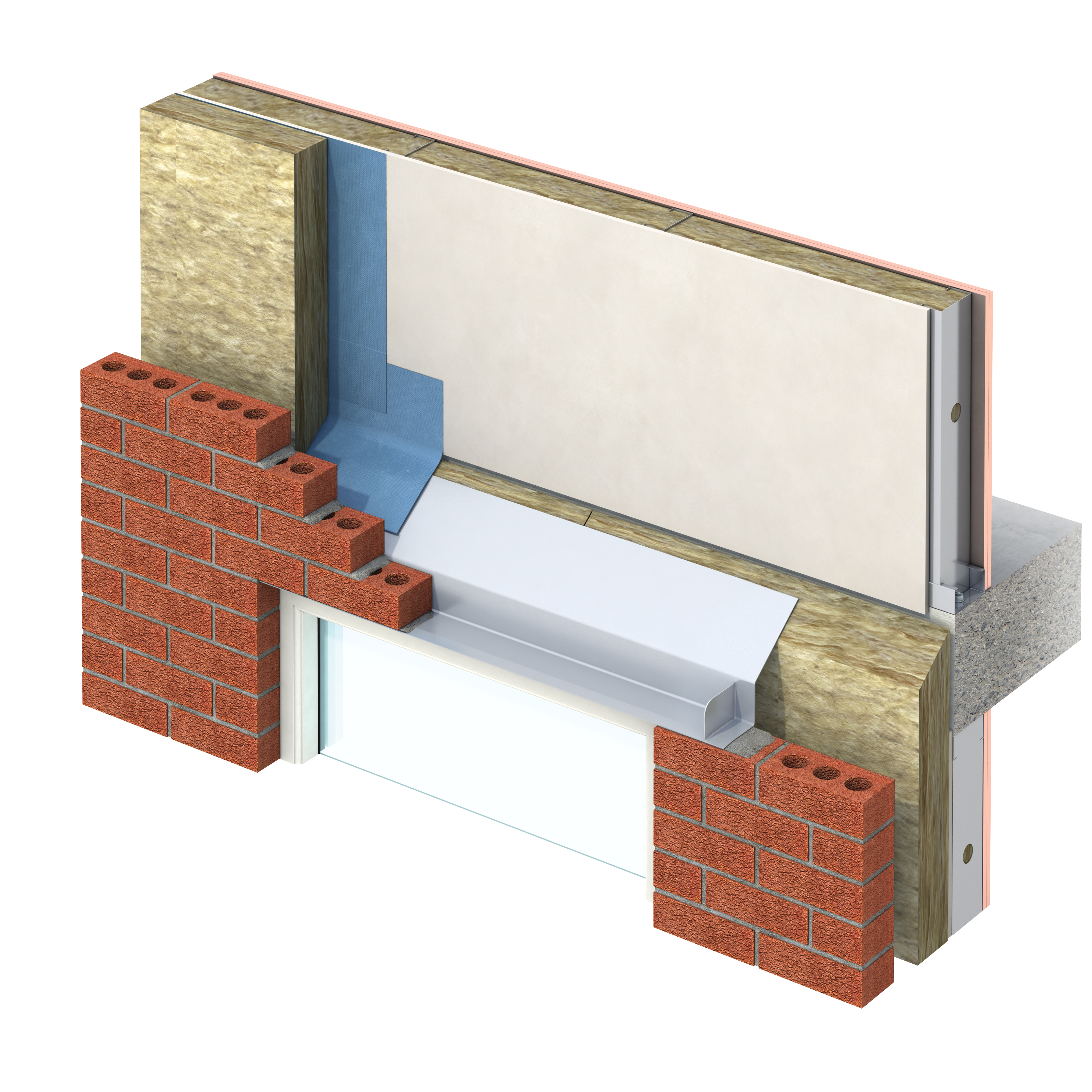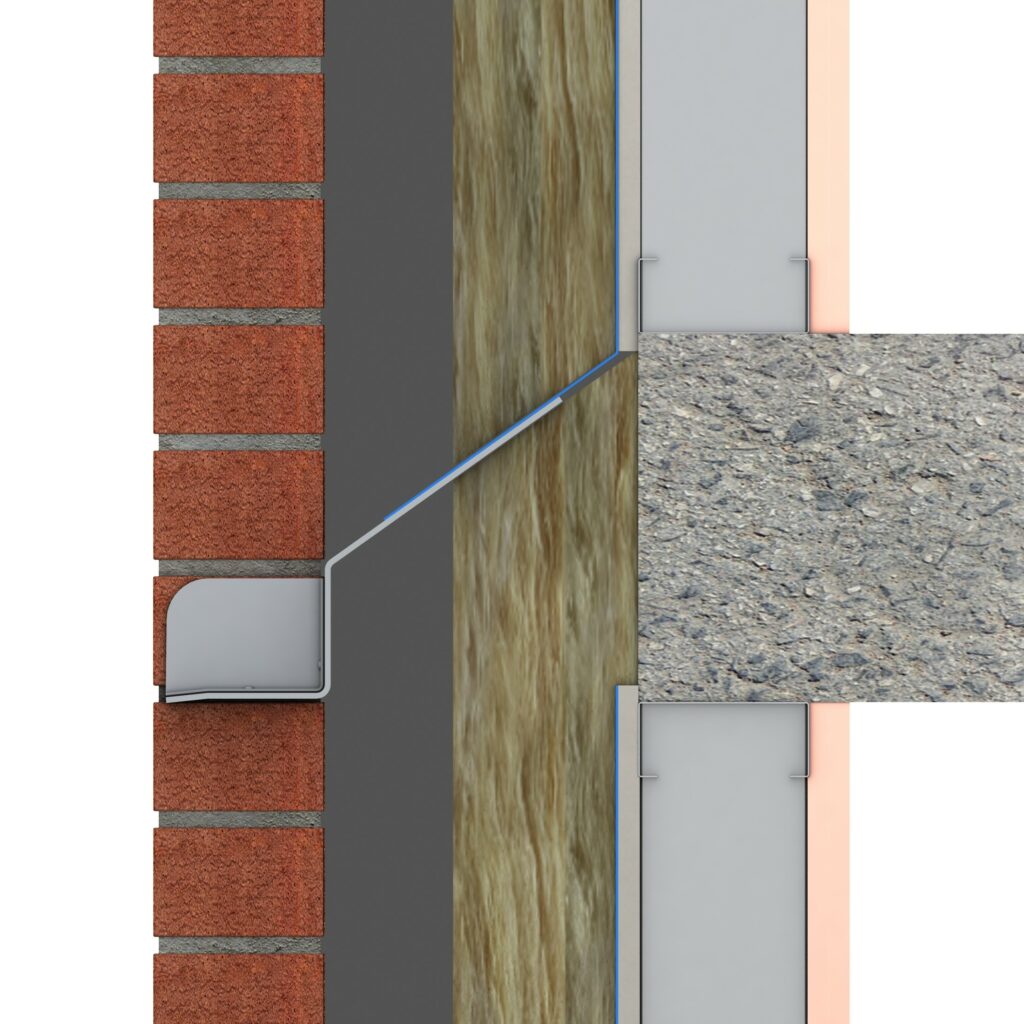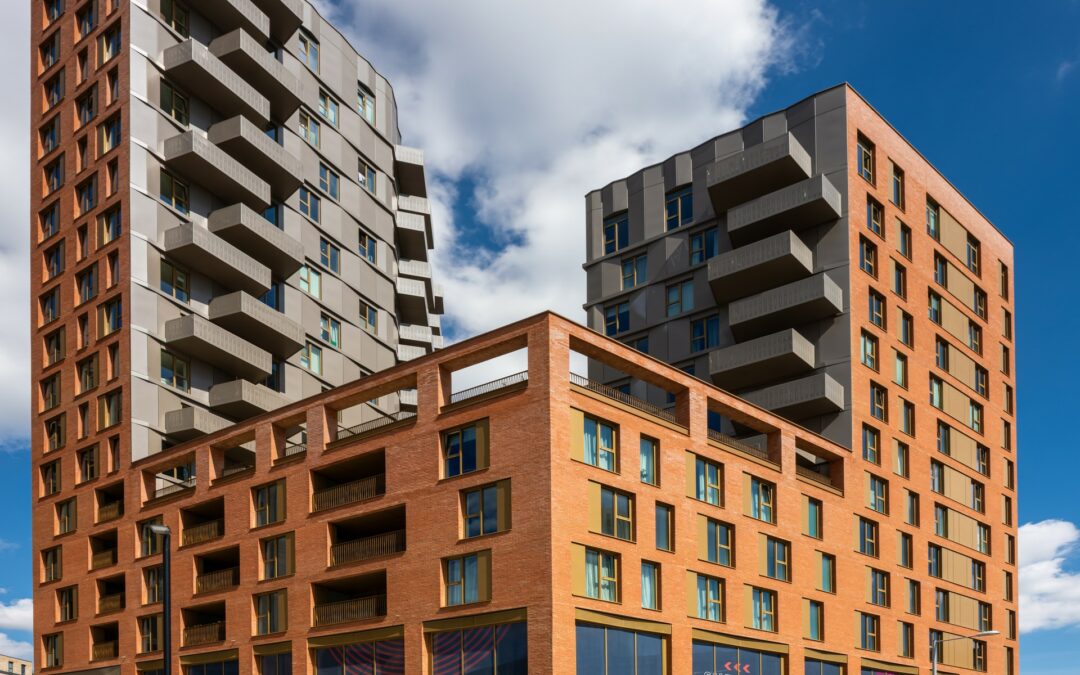Following the introduction of the government’s revised Building Regulations Document B in 2019, mandating more rigorous fire safety measures, specifiers have been required to find solutions that meet the new Class A1 non-combustible standards. IG Lintels looks into the use of non-combustible materials on exterior walls of certain multi-occupancy residential buildings over 11 metres tall, and why single outer leaf steel lintels used in conjunction with a non-masonry inner leaf are one area that now requires an upgrade to non-combustible materials.
 A major concern following the Grenfell Tower tragedy was how future fires could be contained to prevent them spreading across the external face of buildings. This challenge highlights how modern buildings have become complex assemblies of high-performing components, with each element needing to satisfy rigorous standards. For specifiers, sourcing affordable products that meet all regulatory, performance, and third-party certification criteria has become increasingly difficult, while the unintended regulatory consequences further complicate matters.
A major concern following the Grenfell Tower tragedy was how future fires could be contained to prevent them spreading across the external face of buildings. This challenge highlights how modern buildings have become complex assemblies of high-performing components, with each element needing to satisfy rigorous standards. For specifiers, sourcing affordable products that meet all regulatory, performance, and third-party certification criteria has become increasingly difficult, while the unintended regulatory consequences further complicate matters.
In response to these changes, and the ban on combustible materials in some buildings over 11 metres in height, manufacturers have been forced to look to at their existing products and whether or not they conform to new regulations. As a result, some manufacturers have been forced to either modify their current products, create new innovative solutions, or abandon the high-rise market altogether.
Working with the industry including housebuilders, accreditation bodies, warranty providers, architects and brickwork contractors, IG Lintels developed an innovative product which addresses both the updated regulations and issues with existing cavity trays whilst at the same time providing builders with a simple, easy to install product. According to the NHBC the single biggest reason for buildings already occupied to be reopened is problems relating to joints, DPCs and cavity trays.
Improves the build quality
 In buildings over 11m in height, Building Regulations Approved Document B prevents the use of plastic DPCs. Galvanised lintels cannot be used without a DPC, since the DPC protects the galvanised surface from corrosion induced by chemicals present within mortars. Stainless steel trays also cannot be used with mild steel galvanised lintels, as the reaction between the two materials would result in bi-metallic corrosion.
In buildings over 11m in height, Building Regulations Approved Document B prevents the use of plastic DPCs. Galvanised lintels cannot be used without a DPC, since the DPC protects the galvanised surface from corrosion induced by chemicals present within mortars. Stainless steel trays also cannot be used with mild steel galvanised lintels, as the reaction between the two materials would result in bi-metallic corrosion.
For use in an exterior masonry skin in conjunction with a non-masonry inner leaf such as a steel frame system, the Non-Combustible Cavity Tray Lintel (NCCTL) is a highly efficient and practical solution to the challenge of Non-Combustible cavity detailing. This innovative product is a practical solution to provide both structural support and cavity tray protection over openings within the external wall of high rise buildings. One unique and key feature of this new product is that it is self-supporting and does not require the use of tapes and mastic sealants because of the fact it has specially positioned, mechanically fixed stop ends.
Moreover, the installation of a regular non-combustible cavity tray over a channel lintel “fouls” wall ties, which should be installed 300mm above an opening. This results in punctures in the cavity tray having to be sealed around on site, which in turn introduces unnecessary risk of water ingress at openings. Installing the NCCTL reduces this congestion within the cavity, freeing up space and leaving a far tidier detail.
 Produced entirely in a high-quality grade 304 austenitic stainless steel, the NCCTL product is Class A1 fire rated and is ideal for applications requiring Document B compliance. With buildings required to be a minimum of Class A2, this solution has the highest rating of A1, offering an exceptional safety rating that will futureproof a building. As a result, specifiers designing to the best possible standard will ensure that each building is considerably safer and futureproof than if it was designed to the minimum standard which could eventually become outdated and require costly retrofitting at a later date.
Produced entirely in a high-quality grade 304 austenitic stainless steel, the NCCTL product is Class A1 fire rated and is ideal for applications requiring Document B compliance. With buildings required to be a minimum of Class A2, this solution has the highest rating of A1, offering an exceptional safety rating that will futureproof a building. As a result, specifiers designing to the best possible standard will ensure that each building is considerably safer and futureproof than if it was designed to the minimum standard which could eventually become outdated and require costly retrofitting at a later date.
In a post-Grenfell world, ensuring fire safety involves more than simply choosing the right materials. There must also be a collective responsibility regarding fire safety, with specifiers collaborating with manufacturers at the earliest stages of a project to ensure the most appropriate systems are in place.


